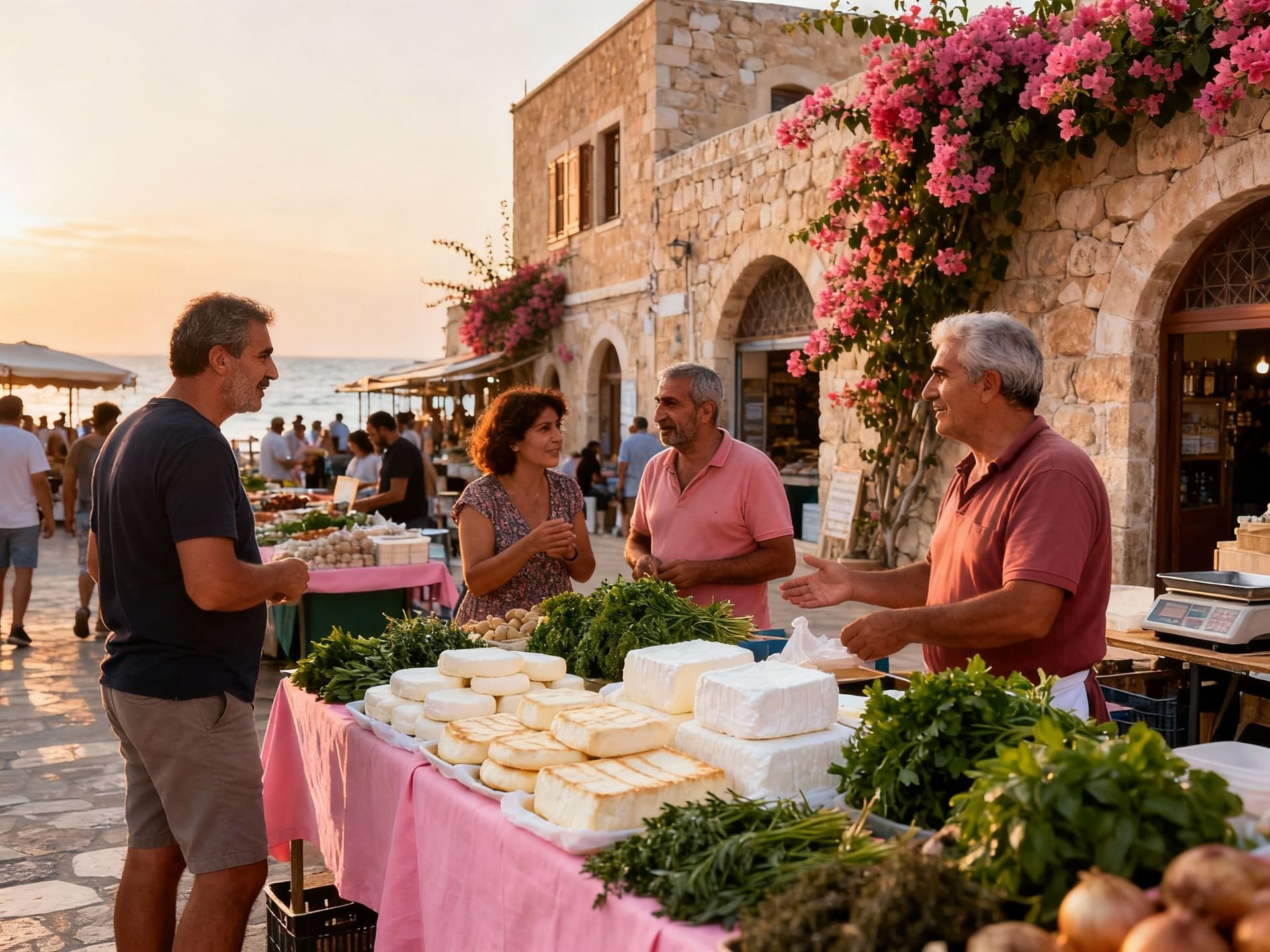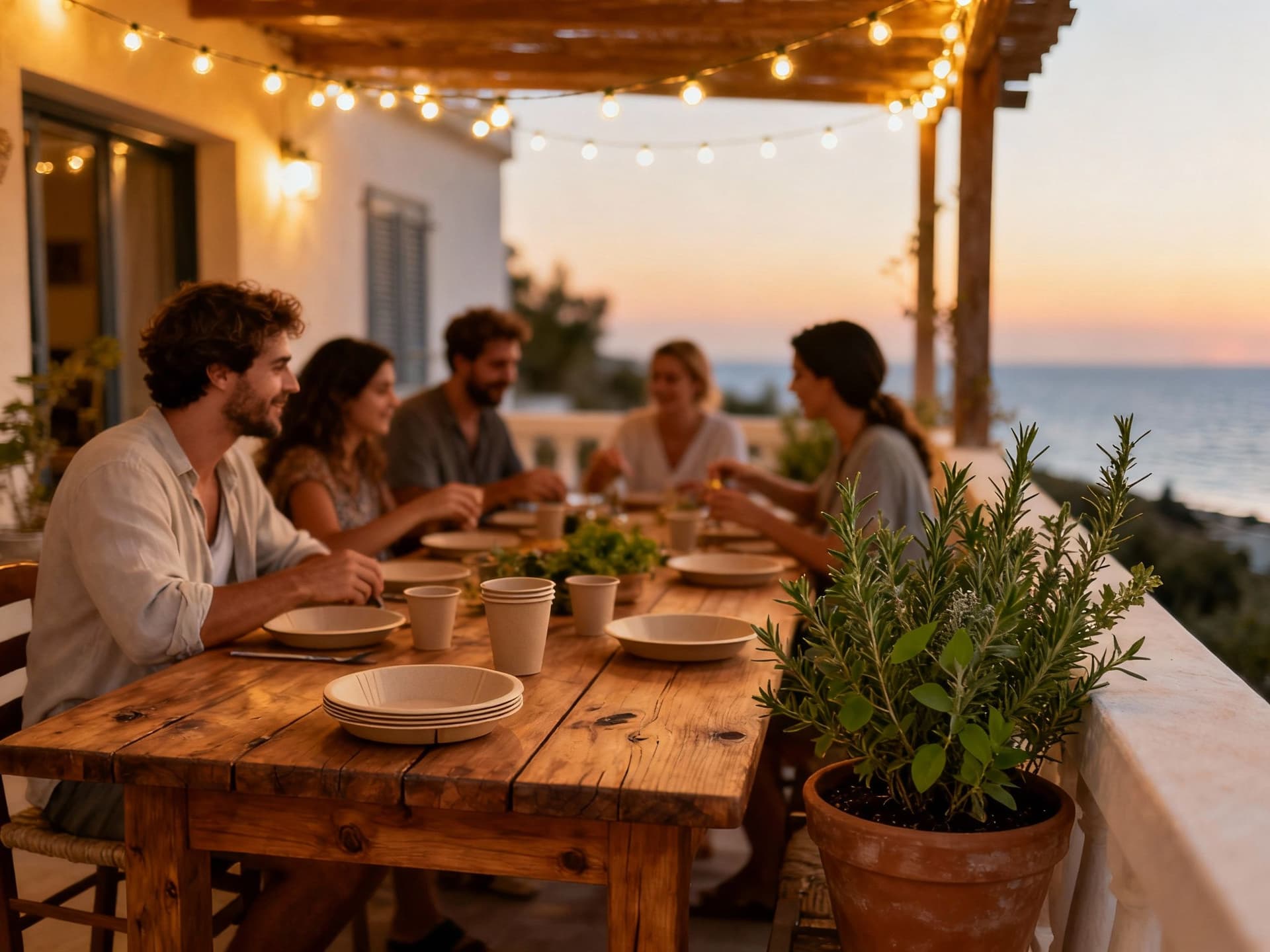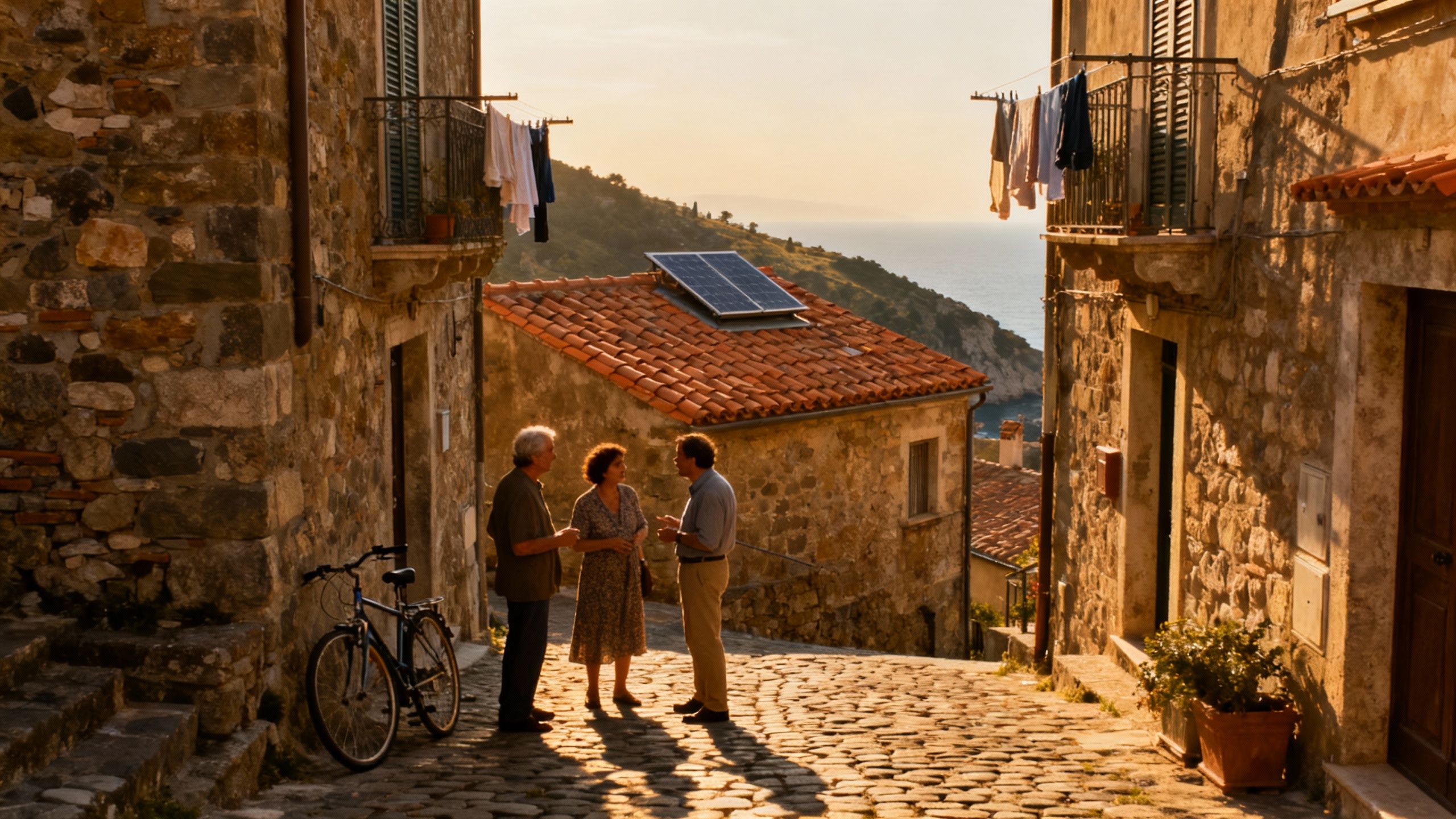Why High‑Season House‑Hunting Masks Cyprus’ Green Value
Fall in love with Cyprus’s sunlit rhythms — then use Grade‑A energy certificates and local green mortgages to make that lifestyle affordable and low‑impact.
Imagine a late‑afternoon espresso on a shaded table in Limassol’s Old Port, the sea breathing a slow, salty calm, bougainvillea draping low stone walls. Life in Cyprus moves with warm light and a generosity of pace — neighbourhood cafés, weeknight fish tavernas, and dusty mountain lanes leading to villages where thyme and wild oregano scent the air. For many international buyers the dream is equal parts outdoor living and simple daily rituals; for eco‑minded buyers, it’s about marrying this sun‑rich life with homes that actually save energy and respect the island’s fragile water and landscape systems.
Living the Cyprus lifestyle

Cyprus rewards slow mornings and active afternoons. Picture windows thrown open to sea breezes, terraces for long dinners, and neighbourhood markets where a vendor knows your name. The island’s contrasts — troodos pines against limestone villages, contemporary marinas beside Byzantine churches — create lifestyle choices as distinct as a village square and a coastal promenade. Those rhythms should shape the property you choose, from courtyard houses in Paphos to modern low‑rise eco developments near Larnaca.
Neighbourhood spotlight: Limassol marina to old town
Walk from the bright, manicured quay of Limassol Marina into the narrower lanes of the Old Town and you notice how lifestyle and architecture speak to different buyers. The marina offers compact, low‑maintenance apartments with easy access to cafés and yacht life; the Old Town hides terraces, bakeries like To Kafeneio and local tavernas, and stone houses that invite sympathetic renovation. For sustainability lovers, look for buildings with solar pre‑wiring, deep eaves and native planting that reduce cooling loads.
Food, market life and weekly rhythms
Saturdays mean markets: Nicosia’s municipal market hums with pulses, halloumi and mountain honey; Paphos mornings are for fish straight off the boat; Ayia Napa’s cafés pulse later into warm evenings. These small rituals shape how you live — an apartment with a compact kitchen but good outdoor dining suits market lovers, while a village house with a garden makes for year‑round herb growing and a rooftop for winter sunbathing.
- Local lifestyle highlights
- Morning espresso on Anexartisias Street (Limassol) and late‑afternoon walks along Molos.
- Tranquil coastal breakfasts at the harbour in Paphos followed by olive grove walks in the Akamas peninsula.
- Village feasts in Lofou or Omodos where neighbours bring wine and fresh bread to share.
Making the move: practical considerations with a green focus

The romance of Cyprus must meet paperwork and financing. Fortunately, local banks increasingly reward energy‑efficient homes: Bank of Cyprus and Hellenic Bank both offer green mortgage or discounted home loan products when properties meet Grade A energy‑efficiency standards or when buyers commit to energy upgrades. These products can reduce rates and improve long‑term household running costs — a tangible way sustainability pays back over years of bright Mediterranean summers.
Property styles and what they mean for living sustainably
From whitewashed village stone houses to new coastal developments, each style demands different sustainability decisions. A traditional stone house may benefit most from thermal insulation, double glazing and careful passive cooling work; a modern development might already include PV pre‑wiring and efficient HVAC but could lack rainwater capture. Think beyond labels: ask about orientation, shading, insulation levels, and whether the seller holds an Energy Performance Certificate — a required document for green financing eligibility.
How local experts translate lifestyle into compliant financing
A local agency or mortgage broker who understands both the island’s lifestyle and green loan criteria is invaluable. They’ll recommend properties already qualifying for green rates, commission necessary energy assessments, and liaise with banks to present renovation plans that unlock favourable terms. This is especially important for non‑residents who benefit from an agent doing the bilingual paperwork, securing quotes and explaining how energy upgrades affect loan terms and valuation.
- Steps to pair lifestyle goals with green finance
- Commission an Energy Performance Certificate early (Grade A opens green loan doors).
- Speak with at least two banks about green mortgage options and required documentation (examples: Bank of Cyprus, Hellenic Bank).
- If renovating, obtain pre‑approved renovation financing or a green retrofit plan to present with offers.
Insider knowledge: myths, seasonal traps and expat truths
Here’s the contrarian bit: house‑hunting in high summer — when the island is at its sunniest — often hides the true eco value of a property. Sellers stage homes for peak light, patios look irresistible, and AC hum is shrugged off as a summer inevitability. But the houses that truly win for long‑term living are the ones that manage heat, harvest water and keep winter warmth. Ask sellers about winter comfort and annual energy usage, not just month‑long impressions.
Cultural integration and daily life realities
Cypriots value hospitality and community. Learning a few phrases of Greek (or Turkish in the north) opens doors; regular visits to the kafeneio or Sunday tables in the village go further than any property viewing. Expat communities cluster differently — English is widely spoken in coastal towns and Limassol’s international schools draw families — but genuine belonging comes from shared local rituals, whether it’s volunteering for a village festival or buying from the same baker each week.
Long‑term lifestyle and compliance you’ll thank yourself for
Think in seasons and decades. Investing in PV, adding thermal insulation and designing drought‑tolerant landscaping are lifestyle moves that lower bills and increase resale appeal — and they often unlock preferential financing. Banks on the island are moving to align lending with sustainable projects, and developers increasingly advertise Grade A properties with green loan compatibility. That alignment turns an eco choice into an economic one over time.
- Red flags and quick checks
- No Energy Performance Certificate or conflicting EPC dates — ask for the most recent, post‑construction EPC.
- Seller resists providing quotes for simple upgrades (solar, insulation) — a sign they’ve not considered capital improvement value.
- Unclear property title history or missing municipal planning permissions — always verify with a local lawyer.
Conclusion: fall in love, then check the numbers. Cyprus offers a life of sunlit terraces, village feasts and coastal walks — and a practical route to making that life low‑impact and cost‑effective. Start by visiting across seasons, secure an EPC early, and speak with banks about green loan discounts (Bank of Cyprus and Hellenic Bank are established examples). A place‑savvy local agent who understands energy upgrades will turn lifestyle dreams into compliant finance and a home that honours the island’s landscape.
British expat who traded Manchester for Mallorca in 2017. Specializes in guiding UK buyers to luxury Spanish estates with clear navigation of visas and tax.


